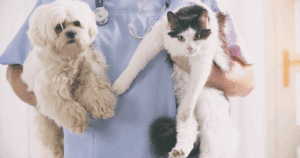
Thunderstorm anxiety is common in many dogs, causing them to be come extremely stressed and fearful long before us humans can even hear a rumble thunder.
Dogs have much an acute sense of sound and can hear far better than we do. They hear nearly twice as many frequencies than we do, so they can hear sounds much farther away and higher than we do.
Fireworks can trigger the same response, as can any loud noises – a condition known as noise phobia, that causes negative emotional and physical responses in dogs as a result of fear and stress.
Common signs of thunderstorm anxiety, fireworks and other noise phobias include hiding, shaking, crying or whining, excessive licking, urinating or defecating in the house, pacing, panting, drooling, restlessness, hiding under beds or in cupboards, trying to escape into or out of the house or yard, or looking to an owner for comfort by pawing the owner, barking or whimpering.
If you are noticing any of these behaviours in your dog, even without the rumble of a thunderstorm or a loud bang of fireworks, then it is important that you talk to your Vet or an experienced dog trainer to identify if your dog is generally anxious and understand what is going on.
Dogs that are generally anxious and those with separation anxiety are much more likely to develop thunderstorm anxiety, fireworks and other noise phobias. Genetics, traumatic experiences, and/or poor socialisation, or not being acclimatized to storms and loud noises as a puppy in a positive way through positive reinforcement training could be contributing factors.
It is quite common in herding breeds such as Border Collies, Kelpies and others, as well as some hunting dog breeds, as it may be difficult for them to differentiate storm sounds from gunshot sounds.
It often gets worse as dogs age, especially if they have arthritis or other bone and joint pain. Not only are they already feeling scared and anxious, but physically any tension or sudden movement will make their pain even worse, creating more negative association with sudden loud noises, and so the vicious circle continues.
Desensitisation and counter-conditioning
If you have a puppy then you can find many videos or music recordings of thunderstorms and fireworks on You Tube, or on Dog TV and start by playing it at a very low level and using positive reinforcement for no reaction and being calm around the noises to help desensitize them to the sounds.
This could include praising, patting, offering them food or treats, their favourite toy or a game of tug when the sounds can be heard, or even when they look at the TV or around at the sound and remain calm. This is similar to what you might do in counter-conditioning training with a reactive dog. You are rewarding and therefore reinforcing the desired behaviour in your dog.
You need to do this very carefully by starting it down very low and gradually increase the sound over days and weeks. The earlier you can start exposing them to the many things they will encounter in their life in a positive way, the better.
You can still do this with older dogs; it may just take longer, and requires patience and a keen sense of observation to ensure they are showing no negative response, so that you can slowly increase the volume bit by bit.
Desensitization aims to familiarise your dog with thunderstorm, fireworks and other loud noises in a safe environment and by creating a more positive association with the noise so that they are no longer bothered by the thunder and lightening.
You can also use ball play or games of tug, treats (or whatever it is they love their most) during a thunderstorm of if the fireworks are on to distract them and encourage a different, more positive behaviour, when they start to display any early signs of anxiety around loud noises.
Thundershirts
Some dogs respond well to the use of a Thundershirt, particularly if it is also combined with calming pheromone products., short-term medication and the other tips provided. The theory behind these is that they wrap tightly around them like they are being held or being cuddled, which can help reassure them, but without you hugging them with a lot of fuss – which often reinforces the fear.
Provide a safe place inside the home
Find a room in the house (often the main bedroom is best as it also has a strong smell of you, particularly if you are not going to be at home) where the windows can be closed and blinds down, or curtains to help insulate them from seeing and hearing the storm.
Place their dog bed or crate inside the room to help keep them sheltered with their usual blanket and favourite toy for comfort.
Ensure the backyard is safe and escape proof
It is important to keep pets inside and safe from harm during storms. However, if you are unable to leave them in the house, then make sure they have a sturdy and protective kennel or area in the shed with a bed or blanket to keep them comfortable, warm and feeling protected.
Vet emergency rooms often see an influx of dogs with road injuries as they escape in fear from their house or yard, often running onto roads into oncoming traffic.
Take measures to help ensure your dog can’t escape from it’s yard – you’ll be amazed how high a wall a scared dog can scale when trying to flee, so inward slanting lattice to help stop them climbing over fences is a good option and make sure to remove any chairs or other objects they could use to climb up and over.
Read my puppy proofing your home tips HERE for a check list.
Pheromone based products and herbs
Pheromone based collars, sprays and adapters you plug in the wall may also help some dogs and cats with anxiety during thunderstorms and fireworks. They use a chemical that copies a dog’s or cat’s appeasing pheromone that is released by a mother from her mammary area after her puppies or kittens birth. This pheromone is a comforting message providing a strong signal of security to puppies as they explore the world and face so many challenges.
Just like they can for us humans, dogs can be given calming herbs like chamomile, passion flower or valerian, CBD oil prescribed through an authorised vet (not all vets can prescribe this) but you need to give these supplements time to kick-in, so they are not an ideal choice to use as a quick-fix treatment for thunderstorm anxiety or other noise phobias.
Talk to your vet before giving your dog these types of supplements as well to ensure you are giving them the right dosage and not interfering with other medication. Rescue Remedy drops in their water may also help, though I have not found these natural alternatives make much of a difference to pets in these particular situations.
Many owners of dogs with behavioural issues can be hesitant to consider medication for anxious dogs, instead hoping training alone will help, or that their dog will grow out of it.
Unfortunately, training and behaviour modification on its own for dogs with higher levels of anxiety is rarely successful, as the anxiety actually prevents the dog from taking in new information, including how to be calm. In the same way that a person with diabetes requires insulin, dogs with anxiety disorders require medication to help their brains function correctly.
Medication for anxious dogs that are most frequently used include Fluoxetine, commonly known as Prozac, and also Clomipramine. These drugs increase the levels of chemicals in the brain that are responsible for promoting feelings of calmness and well-being.
However, they do take 6-8 weeks to work, so talk to your Vet about your pet’s anxiety and the situations it tends to occur in, as there is also options for when certain triggers or situations set it off such as thunderstorm anxiety, fireworks and other noise phobias, as well as trips to the groomers or vets.
These short acting medications take between 30 to 90 minutes to work such as Clonidine and Trazodone
It is so important that if you are aware that your dog has thunderstorm anxiety or fireworks and other noise phobias, that you talk to your Vet and or a dog trainer / behaviourist as it is a very serious issue that won’t go away, it will get worse and it can not only impact on your dog’s quality of life, but can also place them in physical danger as well.
If you lose or find a dog that has escaped due to their fear and anxiety, check out this article for some tips on what to do HERE.
Lara Shannon is a certified dog behaviourist and trainer, pet food nutrition specialist, Executive Producer and Host of Pooches at Play on Channel 10 and editor of Poochesatplay.com. Lara also runs her own dog training business in Melbourne’s Bayside area and is the Author of World of Dogs and Eat, Play, Love Your Dog

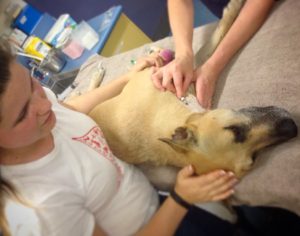
Dog blood donations save lives
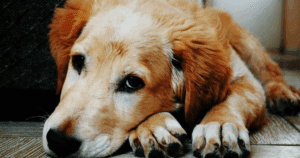
Treating Noise Phobia in dogs and cats
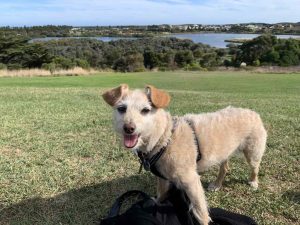
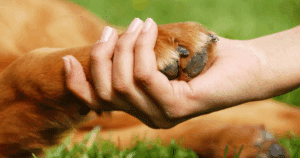
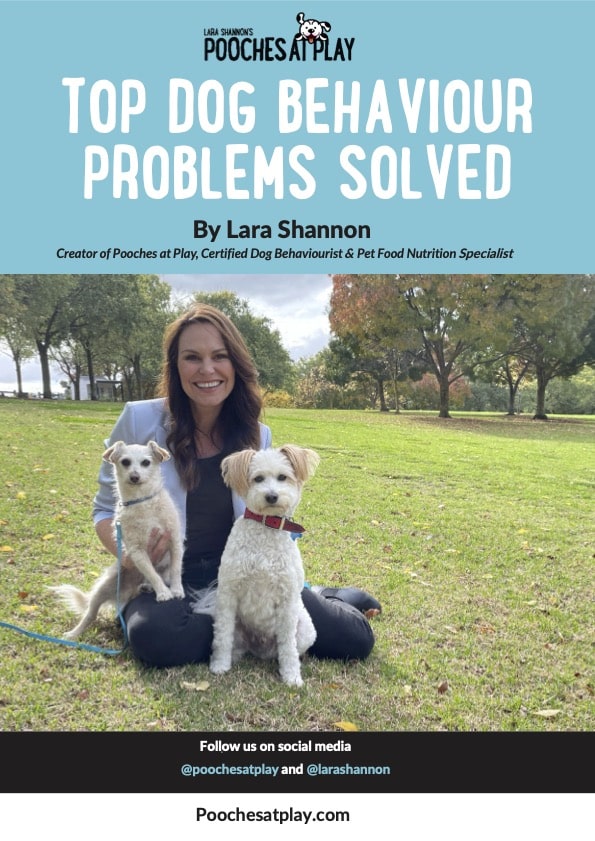


Get your paws on Lara Shannon’s best selling books ‘Eat, Play, Love (your dog) and World of Dogs.
Available in Australia, USA, UK and Canada.